The People’s Climate March of 2014 was in New York City. The month prior to this massive convergence was a Training For Trainers event given by some of the top resistance artists in the country to the heads of all the NGOs and organizations that would be in attendance. Our training emphasized the importance of messaging, introduced different visual art mediums and set up workspaces.



All of the artwork for this global mass mobilization for the climate was to be completed at Mayday Art Space, which was a brand new three-story building in Bushwick Brooklyn. A position for Art Build Coordinator was posted which happened to start immediately after the training we were giving. It wasn’t known then but a missed flight home would provide a with a once-in-a-lifetime opportunity to throw down with some of the best artists in the world.
This was the first march that was organized and presented to the public in a story-telling fashion so that no matter where it was viewed along its route the audience would understand the narratives. This monstrous feat would take many organizing meetings in order to meet the art needs for this global convergence.




After landing the Art Build Coordinator position, a very robust website was quickly developed to streamline the organization and scheduling process of the different floors and areas of Mayday Art Space. There were thousands of social and environmental grassroots organizations from around the world that were going to be in New York wanting to create art. The website’s functionality reserved different areas of Mayday and was updated in real time.
Being a part of core planning meetings with executives, it became known that billion-dollar white NGOs like 350.org and AVAAZ planned to mobilize Indigneous People at Columbus Circle to lead the march. Historically this was unacceptable and it definitely voiced as such. I was directed to an NGO representative who was a Person of Color that had informed me that native nonprofits acquiesced and signed off on the location prior. Native 501c3s could have very easily moved one street over to 61st Street to protest Columbus, genocide and capitalism but challenging their great white grant funders didn’t seem to be an option especially when the media was involved.
The handful of core organizing artists at Mayday Art Space were only given a few hundred dollars to pull off one of the largest mobilizations in recent memory. This meant that I couldn’t afford a rental or stay at the places the NGOs and nonprofits had rented in New York. However, I was lucky to make some lifelong friends who allowed me to sleep on their building’s rooftops during my duration in Brooklyn, much love to y’all.



Mayday Art Space was my personal creative dojo for almost 20 hours a day. It was an absolute honor to throw down with some of the best in the creative industry. Master techniques became second nature extensions of my own muscle memory. I knew these ways as if born to them. My daily discipline included rooftop sunsets for prayer to The Creator giving thanks for the opportunity to bring these skills and knowledge back to my people on the reservation.
Grassroots communities from all over agreed to participate in the march to outwardly legitimize it on the condition that white NGOs and nonprofits introduce their funders to BIPOC actually doing the frontline work. As of this day and many Climate Marches later, this agreement has still yet to be followed through by the NGOs and nonprofits.
Aside from the local native art builds, the national Indigenous contingent of the march was embarrassingly lacking in terms of formulating any cohesive visual representation for this world event. Poor planning by Indigenous Environmental Network (IEN) and Indigenous People Power Project (IP3) led to flying in a mediocre artist from across the country to create a global campaign in less than two days. This last-minute effort amounted to copying an existing banner which was a very poor return on investment and missed opportunity to globally advance Indigenous messaging.

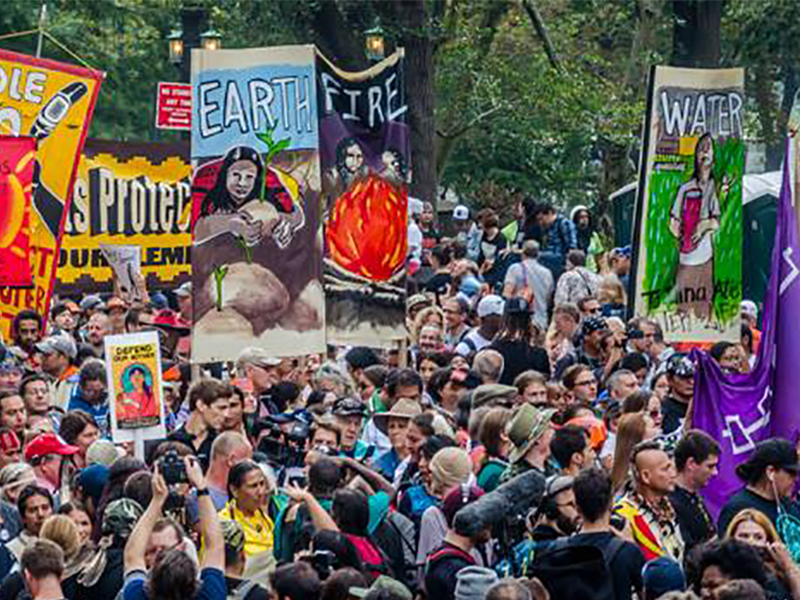

Representing Indigenous People in this way was quite disrespectful especially since everyone involved in the march had months to develop elaborate storytelling installations and large-scale builds. It was at this point after more than a month of art space organizing and running city-wide direct actions that I needed to remove myself from the toxicity of parachuting activism a few days before the march. Similar scenarios by these same native nonprofits would play out continuously especially at COP21 in Paris and unfortunately in Standing Rock as well.
The People’s Climate March stretched over four miles long and brought half a million people from around the world to the streets of New York City under the facade of social and environmental change. This convergence was organized by hundreds of nonprofit organizations who homogenized this mass mobilization down to a corporate branding parade rather than challenging any power directly. The next day’s Flood Wall Street sit-in was supposed to confront capitalism however this was not the case either.
Despite much gas-lighting and lateral oppression, pulling this global mobilization off as a core art organizer was a major confidence-building experience especially while managing and deploying multiple direct actions weekly. It was my duty to bring these movement building skills back home to our people minus the nonprofit fuckery. Being able to bang with the best in different artistic disciplines and flex my own skills affirmed what the kid from that hogan on the reservation has known all along, I am an artist and I have a place in this world.
Artistic Disciplines: Web Design, Graphic Design, Print Work, Murals, Paper Maché, Banners, Painting, Stencils, Inflatable Sculptures, Wheatpasting, Screen Printing, etc.

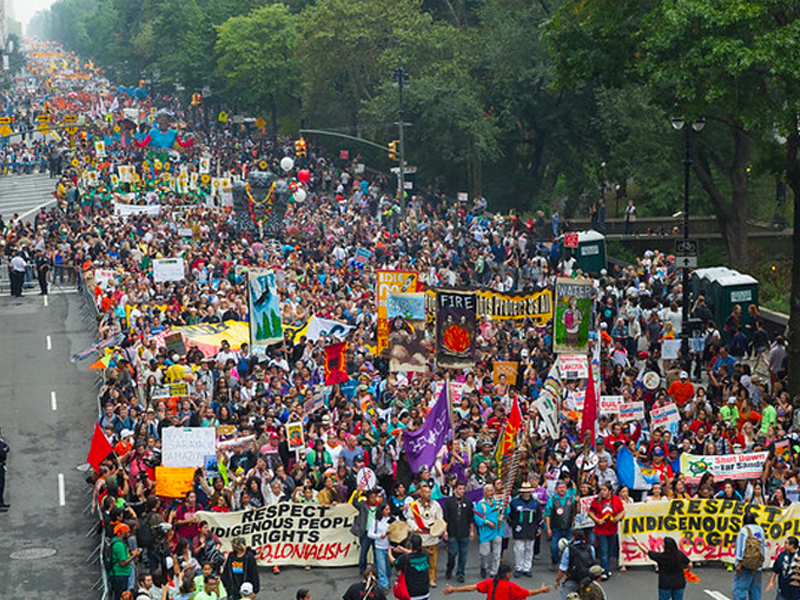
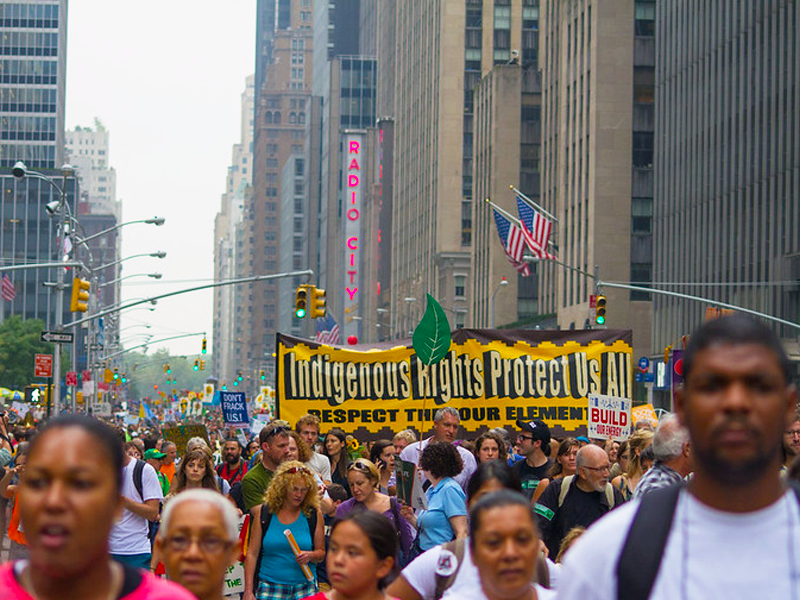
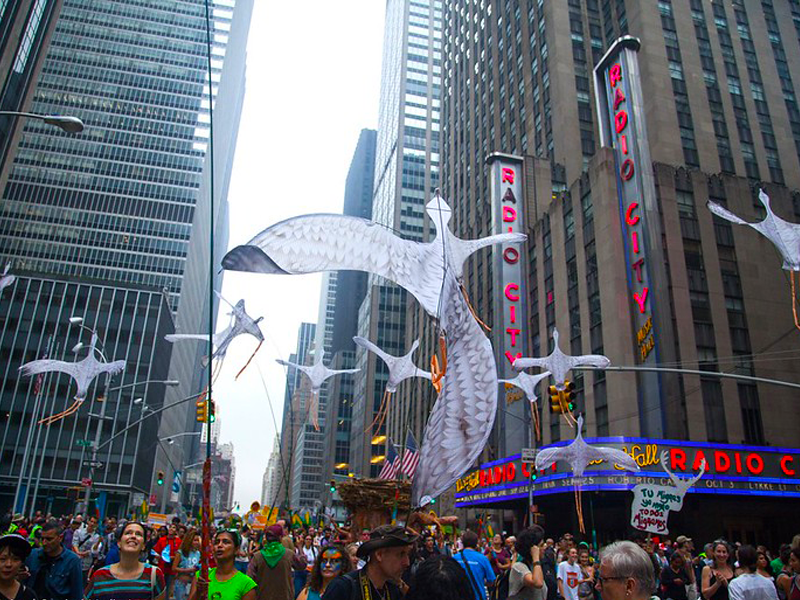
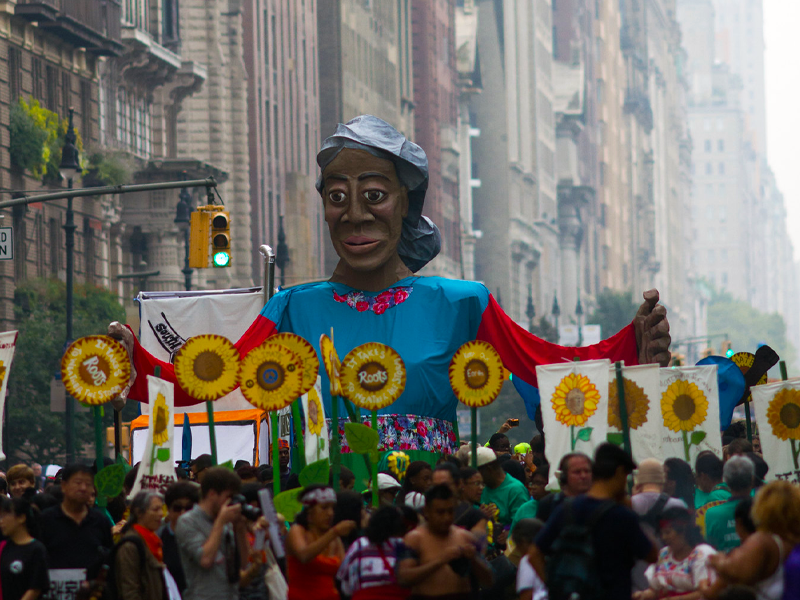

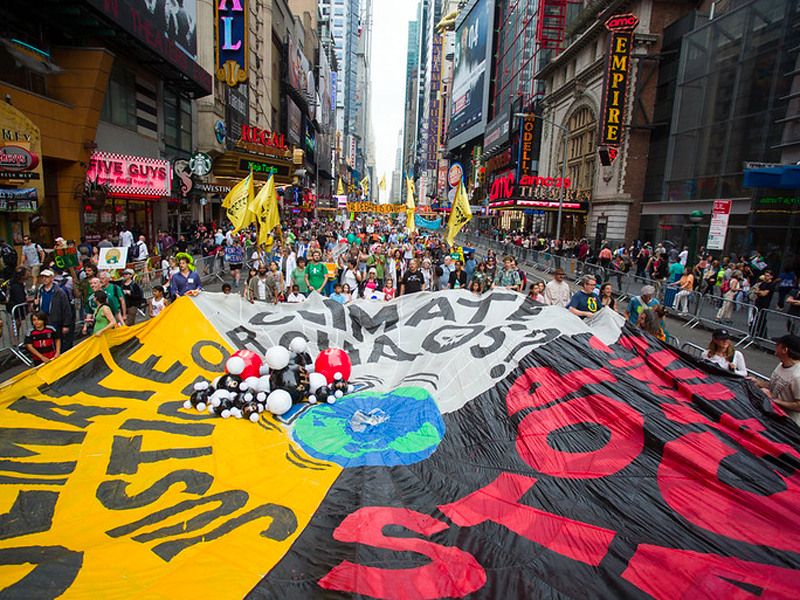


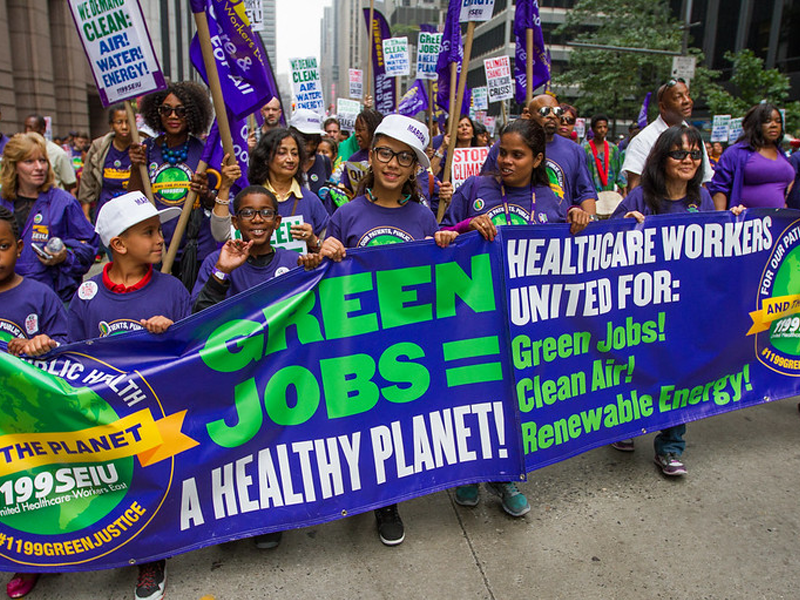
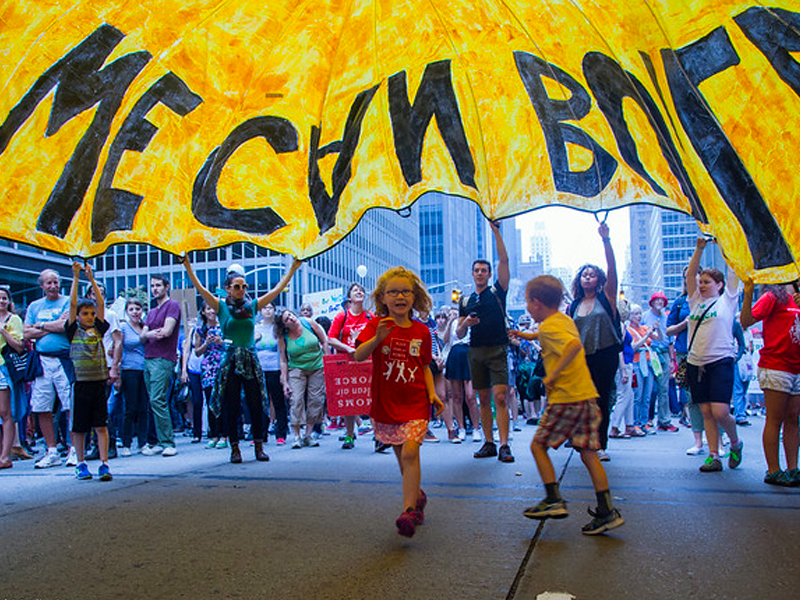
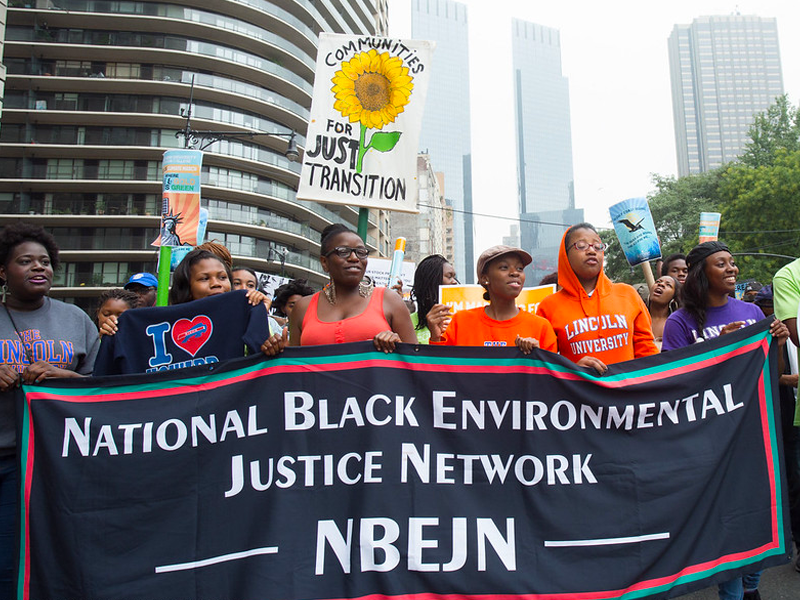
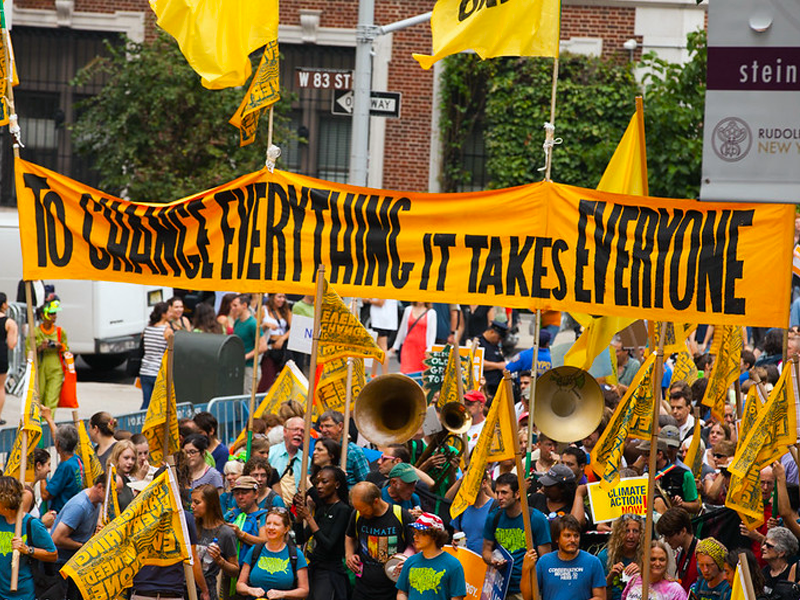
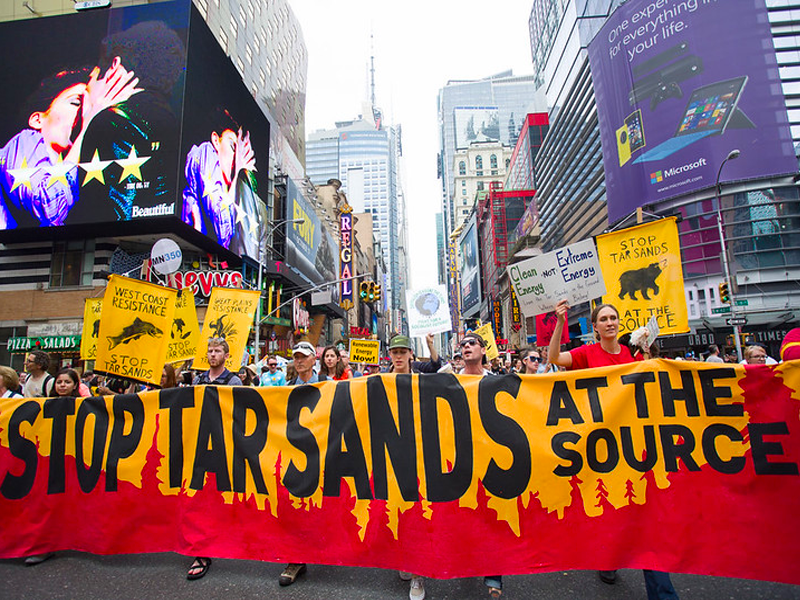
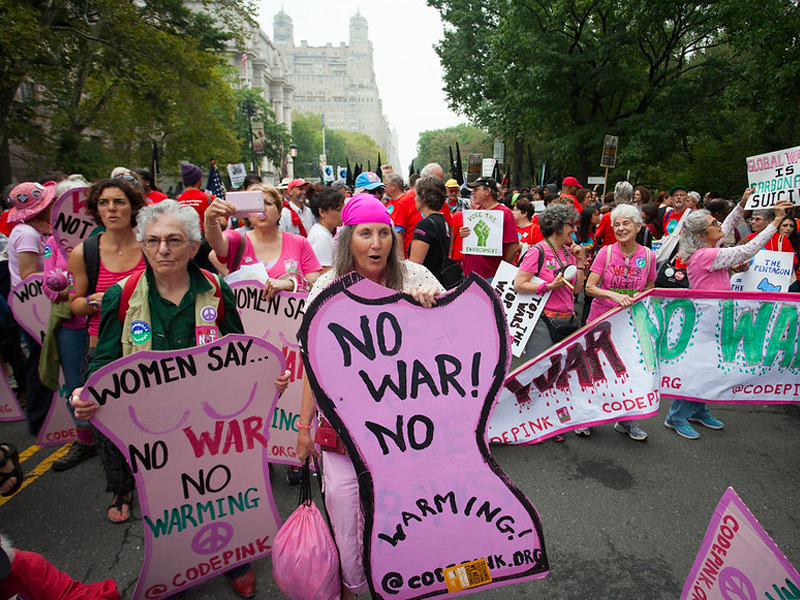
Comments are closed.